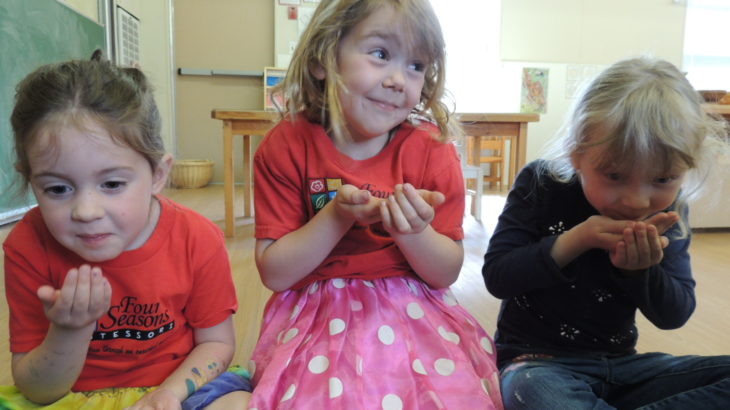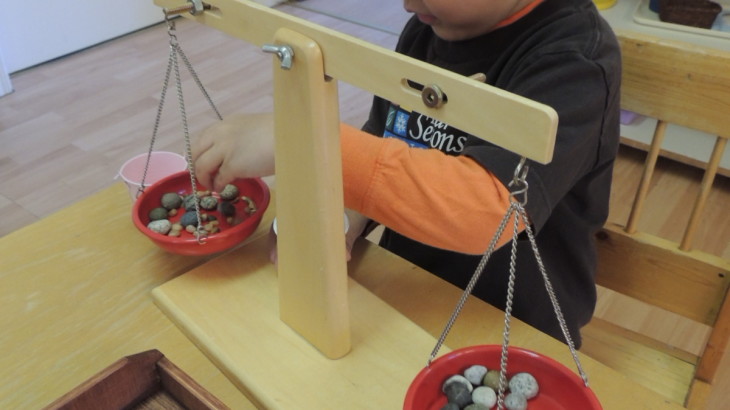Educating children about taste buds and How to get your three year old to eat kale
When my son was two years old he would not eat carrots. Continue reading

When my son was two years old he would not eat carrots. Continue reading
The Montessori classroom is an educational environment enriched with materials representing geographical aspects of the world: the globe, puzzle maps, flags, land and water forms, animal figures, and nomenclature cards.
The hands-on work with the geography materials offers children a concrete sensorial experience, attaching meaning and value to real-life physical environments. Continue reading

Topics ranging from the solar system to dinosaurs to volcanoes have strong appeal. It is equally important for young children to have the opportunity to learn and practice the scientific study of experimentation: the tools, the procedures, the vocabulary and analysis.
Preschoolers have a natural attraction to the principle of cause and effect. We often observe a two or three year old pour the contents of a container out onto the floor simply to see what will happen: Will the objects bounce? What will it sound like? Will something new be revealed? The child is intuitively doing an experiment: a test done in order to learn something, or to discover if something works. Continue reading
In the Montessori program children have the opportunity to learn about the physical world, including the language and classification of plants, animals, the landscape, and other features and products of the earth. The no menclature cards and booklets in the cultural area of the classroom illustrate and name the various parts of the tree, leaf, flower, snail and so forth.
menclature cards and booklets in the cultural area of the classroom illustrate and name the various parts of the tree, leaf, flower, snail and so forth.
The work with the nomenclature cards involves matching the illustrations with corresponding labels to learn the names of the parts. For example, the parts of the snail cards depict: Shell, foot, mouth, tentacles, eyespots. Each part is isolated in colour to draw attention to that particular part. Continue reading